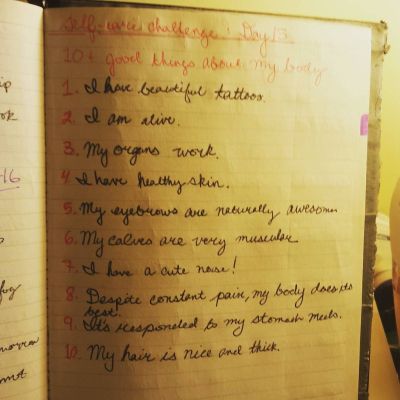If in the past 18 years you or someone you know has suffered a serious injury at work, you will know what it is like to encounter British Columbia’s Worker’s Compensation Board (WCB or the Board).
B.C.’s workers compensation system is a far cry from the system envisioned in the report of the Hon. Sir William Ralph Meredith, C.J.O. The 1913 Meredith Report is widely recognized as the basis for Canada’s workers compensation regime.
Sir Meredith’s principles form the foundation of our system of workers’ compensation: no-fault compensation, security of benefits, collective liability and administration by independent boards.
The present-day B.C. Board has been in decline for a long time. The decline has been especially steep since 2002, when it re-branded itself as “WorkSafeBC.” It’s legal name remains the Worker’s Compensation Board.
Legislative changes made in 2002 created further difficulties for injured people.
The reason proffered for these changes was that if these changes were not made, the system would go broke. This was never a legitimate concern.
Financial statements contained in the Board’s 2019 annual report reveal total assets of over $20,541,000,000. This is up almost $2 billion from $18,631,000,000 in 2018.
The Board’s unappropriated balance is growing each year. The 2019 financial statements disclose an unappropriated balance of $3.5 billion dollars, up from $2.7 billion in 2018.
Meanwhile, about 2000 complaints are made annually about the Board to the Provincial Ombudsman, ministers of the legislative assembly and the Board’s “fair practices office.”
Many of the complaints are heard from seriously injured people, who most need the Board’s support, rather than those whose claims were denied (p. 44).
This cannot go on forever.
In July, 2019, I wrote about a review which was being undertaken of the WCB.
That review included public hearings in 14 communities, more than 70 written submissions and 200 presentations. Thousands completed an online questionnaire.
This level of public engagement on workers’ compensation has not been seen for decades.
Finally, someone was asking to hear those injured at work.
In October, 2019, Ms. Janet Patterson issued her report to B.C.’s Minister of Labour, New Directions Report of the Workers’ Compensation Board Review, 2019.
The 517-page report confirms what is widely known among British Columbians seriously injured at work.
It speaks of a system in which the injured “do not feel ‘heard.” This is because “under the current model, the compensation system largely does not want to hear from them.” (page 50).
Compensation decisions are largely influenced by algorithms contained in the Board’s “case management system” (CMS) (page 45).
When a worker applies for compensation, the Board assigns the injury a diagnosis code.
At this early stage, serious injuries may not be well understood.
An algorithm then “populates” the individual’s claim file with key dates, including an expected return to work date, based on the diagnosis code.
The algorithm is based on statistics that may bear absolutely no relation to the facts of the individual ‘s specific case. This is particularly so if the person is severely injured. (page 44-45)
“Back strain” is one code that is used when the diagnosis is unclear or uncertain (p. 345).
“Back strain” includes anything from a minor strain to a severe spinal injury and worse.
The severity of the condition may only become known over time.
But, once a diagnosis code is entered into CMS, it becomes virtually impossible to change (p. 80).
In time, “chronic pain” may also be added.
Conveniently, in B.C., “chronic pain” awards are limited to 2.5% of a full permanent pension, even if the person is 100% injured and entirely unable to work.
These systems result in a “one size fits all” or “cookie-cutter” approach to adjudicating claims.
These systems guide the “average” claim to “average justice”. (p. 74)
The result is that seriously injured workers are left without compensation or health care, unable to work, and in poverty.
Our system of workers’ compensation was introduced to avoid this very result. As the Meredith Report stated:
The true aim of a compensation law is to provide for the injured workman and his dependents and to prevent their becoming a charge upon their relatives or friends, or upon the community at large.
Instead of reflecting this aim, B.C’s current system results in our courts becoming overburdened with challenges of workers compensation decisions.
Next week, we will look at more of the 2019 New Directions Report. It is required reading for all British Columbians.
This is a modified version of an article appearing in January, 2021 in online publications including the Kelowna Capital News. The content of this article is intended to provide very general thoughts and general information, not to provide legal advice. Advice from an experienced legal professional should be sought about your specific circumstances. We may be reached through our website at inspirelaw.ca.
